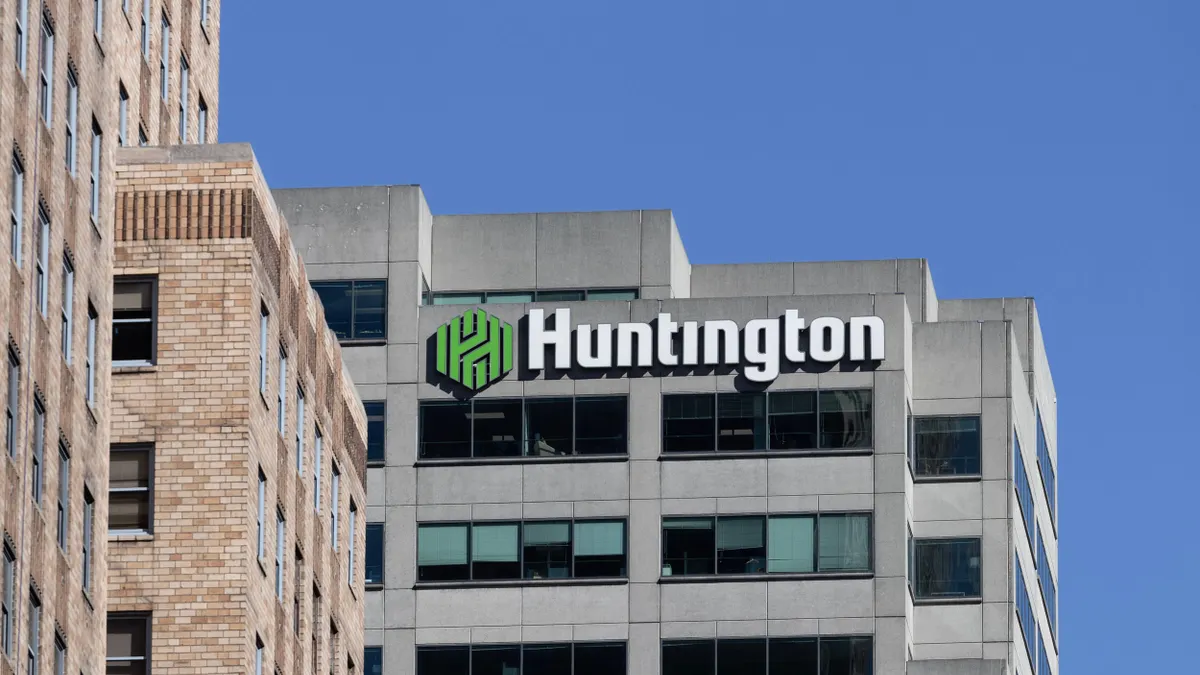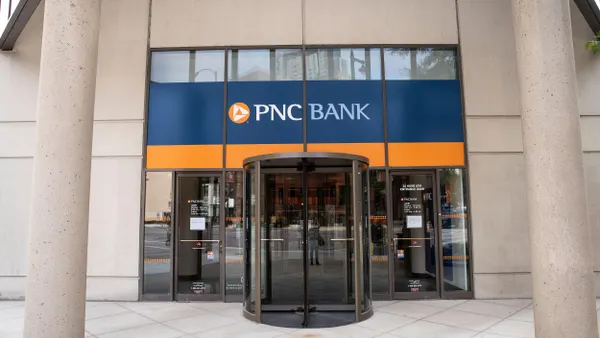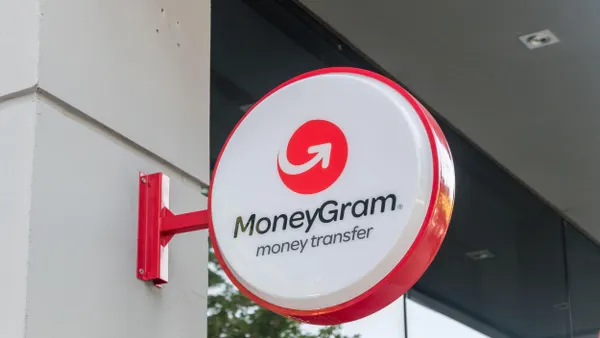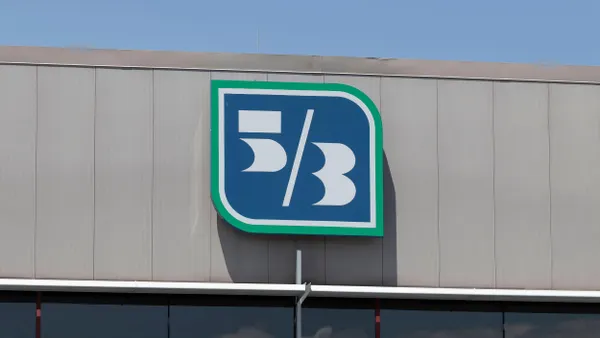Dive Brief:
- The average cost of an out-of-network ATM withdrawal hit a record $4.72, according to a survey released last week by Bankrate. That's a 3.3% increase over the past three years, and up 33% from a decade ago, the survey shows.
- The figure breaks down to a $3.09 surcharge that goes to the ATM owner and $1.63 to the customer's bank. The latter amount is actually a 2% decrease — the second straight annual decline, the survey shows.
- The average overdraft fee increased to $33.36, the 19th boost for that figure in 21 years. The amount is up slightly from last year but still below its 2017 peak, according to the survey.
Dive Insight:
Perhaps because of the increasing fees, more customers are determined to avoid them. About 77% of those surveyed for a March report from Mercator Advisory Group said they would "do anything they can to avoid ATM charges." About 65% said they "actively seek out ATMs that are in surcharge-free networks."
"I think what may be happening is that the owners and operators of the ATMs who are relying on the surcharge income to operate those ATMs may be seeing fewer customers," said Sarah Grotta, director of debit and alternative products of advisory service at the Mercator Advisory Group. "And so on a per-transaction basis, they may be raising the fees to make up for the fact that fewer consumers are actually paying a surcharge."
Bankrate surveyed 10 banks and thrifts in 25 large U.S. markets over three weeks in July — and the fees vary by geography, as well. Houston, at $5.58, pays the highest average fees for using out-of-network ATMs. Los Angeles is home to the lowest fees, at $4.15, Bankrate.com found.
"The main point is that these fees keep going up, but they're avoidable," Greg McBride, chief financial analyst at Bankrate.com, told USA Today. "It's just like health insurance: If you go outside of the network, it’s going to cost you."
The survey looked at benchmarks for other account-related fees. The average minimum balance requirement for checking accounts paying interest climbed to $7,123, the highest it's been in two decades, according to the survey. To avoid monthly fees with a non-interest-bearing checking account, customers must keep about $622, on average, in their account, Bankrate said.
Average monthly service fees have gone up for interest-bearing and non-interest-bearing accounts, costing consumers around $15 and $5.61, respectively, the survey showed.
Minimum deposits for checking accounts are climbing, too. The average minimum needed to open a non-interest checking account has increased by about 1.4% in the past year to $162.94, according to Bankrate.













